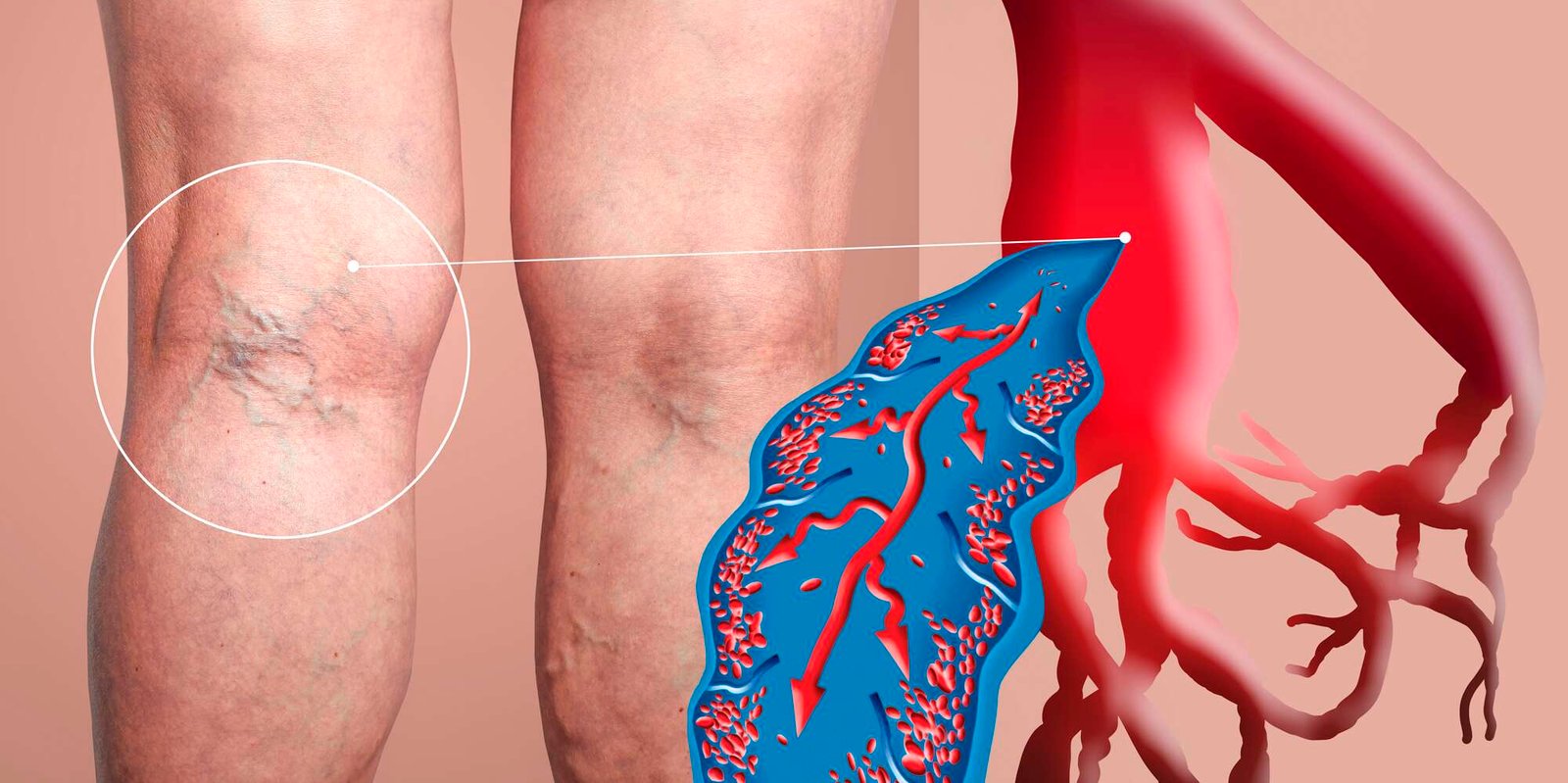[ad_1]
Wellness & Fitness
Here’s how to manage varicose veins
Monday June 12 2023
Varicose veins are veins that have swollen, twisted, and become lumpy. FILE PHOTO | SHUTTERSTOCK
Do you have bulging bluish veins on your legs that become painful and itchy over time? They could be varicose veins. Sometimes they can limit your activities.
Symptoms may get worse when you sit or are on your feet for long periods, and they may get better when you lie down or put your feet up. Here’s what you need to know about the condition.
What are varicose veins?
Varicose veins are veins that have swollen, twisted, and become lumpy.
They can affect any vein, but they are most commonly found in the legs. Varicose veins are sometimes misunderstood as a cosmetic issue, but this is not accurate.
Vein disease can manifest itself in ways other than varicosities. Swelling, bleeding, skin injury, ulceration, and blood clots are all possible complications (thrombosis).
In the worst-case situation, this can result in a pulmonary embolism, which is potentially fatal.
What causes varicose veins?
Varicose veins are a visible symptom of vein disease. They could be a sign of more serious problems and should not be overlooked.
As people get older, the valves in their truncal veins start to malfunction. Rather than returning to the heart, blood returns down the leg to the foot.
This is known as reflux, and it is what leads to the buildup of pressure and the formation of varicose veins.
Valve failure has been observed in several varicose veins cases. The strain on the valve below is increased by a failing valve higher up the leg.
This leads to further vein distention and, as a result, lower-level valve failure.
 
Several things can predispose you to varicose veins including family history, a lack of physical exercise, leg injury or trauma, prolonged sitting or standing, obesity, current or previous pregnancies, smoking, jobs that involve prolonged sitting or standing, and intra-abdominal masses.
Use of oral contraceptives, advanced age, deep vein thrombosis and pelvic congestion syndromes.
What are the symptoms?
In a majority of cases, varicose veins present with aching or pain, swelling, cramping, heaviness or tiredness, itching, restlessness, skin changes, discolouration of the skin, hyperpigmentation, open sores or ulcers.
Can I have varicose veins without bulging veins?
The varicose vein is a sign of venous insufficiency or venous disease. Therefore, you may have incompetent veins with reflux giving you symptoms such as leg swelling, heaviness or tiredness, cramping in the legs and aching of your legs.
All these symptoms are an indication that you could be having venous insufficiency and may require treatment.
Is there a connection between varicose veins and family history?
There is compelling evidence that chronic venous insufficiency (CVI) and varicose veins have a heredity factor.
If you have one parent with varicose veins, your risk of developing them goes up by 40 percent. If both parents have them, your risk goes up to 90 percent.
Will my varicose veins have any effect if left untreated?
The relationship between lower limb symptoms and the severity of CVI is complex, with many patients with trivial varicose veins having severe symptoms and some patients with significant venous disease who are asymptomatic.
It is advisable to seek medical advice.
What can I do to avoid getting varicose veins?
The choices we make every day for our overall well-being will also impact our vascular health.
A healthier, well-rounded lifestyle is the best way to keep your veins in good condition. Individuals who sit or stand for prolonged periods are at an increased risk of developing varicose veins.
Therefore, avoid sitting or standing for long periods. If your job entails this then take frequent breaks to stretch and walk around.
Exercise regularly, as physical activity is a key element of varicose vein prevention. Also, take a good look at what you eat. A healthy diet decreases the chances of venous hypertension and the risk of obesity.
If you are at high risk for varicose veins, wear compression socks. These garments are designed to boost blood flow in the legs, ankles, and feet, reducing your risk of varicose veins.
What treatment do you offer to manage varicose veins?
Several options are available for managing varicose veins. We always advise conservative care emphasising exercise, good skin care and wearing compression hosiery.
Depending on where you lie in the spectrum based on your signs and symptoms, there are a range of treatment options available.
Dr Musajee is a Consultant Vascular and Endovascular Surgeon at Aga Khan University Hospital, Nairobi.
[ad_2]
Source link



